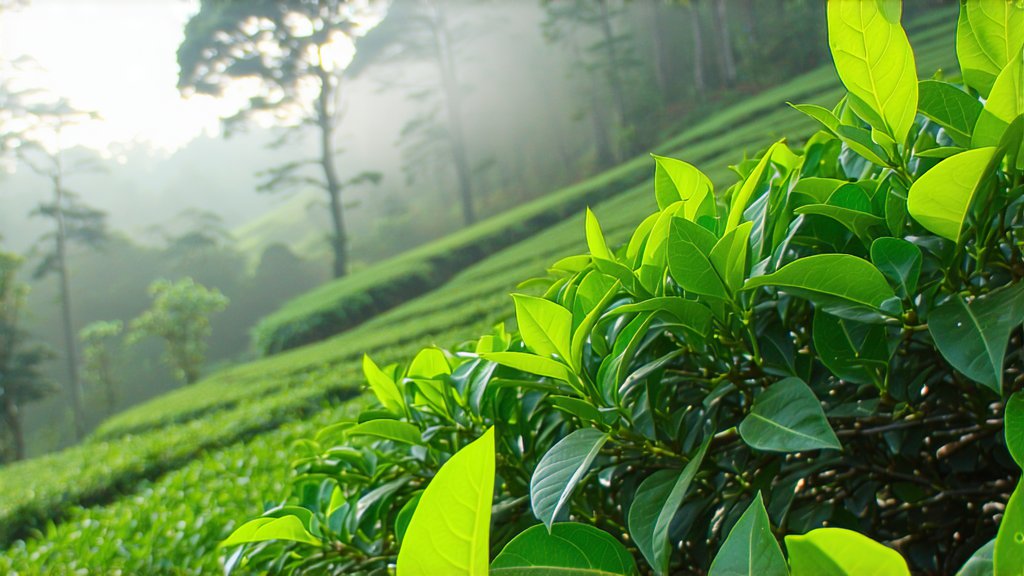
Keemun, often referred to as Qimen Black Tea, is one of China's most distinguished and historically significant black teas. Named after its place of origin, Qimen County in Anhui Province, this tea has been delighting connoisseurs for centuries. In this article, we will explore the rich history, varieties, production processes, and the art of appreciating Keemun tea.
Historical Background
The history of Keemun black tea dates back to the Tang Dynasty (618-907 AD), though it gained significant prominence during the Qing Dynasty (1644-1912). It was during this latter period that the tea began to be exported in large quantities, particularly to Europe. By the 19th century, Keemun had become a staple in British afternoon tea culture and was highly sought after for its unique flavor profile and aromatic qualities.
Varieties of Keemun
Keemun black tea comes in several grades, each offering a slightly different experience. These include:
-
Gongfu Keemun: This is the highest grade, characterized by its tight, uniform pellets and a rich, full-bodied flavor. It is often used in high-end blends.
-
Special Keemun: Slightly less refined than Gongfu, Special Keemun still offers a robust flavor with floral and fruity notes.
-
Regular Keemun: This variety is more affordable and widely available, maintaining the distinctive characteristics of Keemun but with a bit more variation in leaf size and shape.
The Traditional Production Process
The production of Keemun black tea involves several meticulous steps that contribute to its unique quality:
-
Withering: Freshly picked leaves are spread out to wilt under the sun or in shaded areas. This reduces moisture content and begins the oxidation process.
-
Rolling: The wilted leaves are then rolled to break down cell walls and release enzymes, which interact with oxygen to initiate oxidation.
-
Oxidation: The rolled leaves are left to oxidize, turning them from green to dark brown. This step is crucial for developing the tea's characteristic flavors and aromas.
-
Drying: Finally, the tea is dried to reduce moisture content further and stabilize the oxidation process.
Art of Appreciating Keemun Tea
To truly appreciate Keemun tea, it is essential to understand the nuances of its preparation and tasting:
-
Preparation: Use water heated to about 95°C (203°F). Place approximately 3 grams of tea per cup in a preheated teapot.
-
Steeping: Steep the tea for 3-5 minutes, depending on personal taste preference. Longer steeping times can bring out stronger flavors but may also introduce bitterness.
-
Tasting: Pay attention to the tea’s color, clarity, aroma, and flavor profile. Keemun tea typically exhibits a bright amber color, a sweet yet robust aroma, and a smooth, malty taste with hints of floral and fruity notes.
Modern Relevance and Global Appeal
In contemporary times, Keemun black tea continues to be celebrated worldwide. Its adaptability makes it suitable for various blends, including popular English Breakfast and Earl Grey teas. The resurgence of interest in traditional tea cultures has also brought renewed focus on Keemun, contributing to its global appeal.
Conclusion
Keemun black tea is more than just a beverage; it is a testament to centuries of Chinese tea-making tradition and expertise. From its historical roots to its modern-day popularity, Keemun remains a symbol of excellence in the world of tea. Whether enjoyed as a standalone brew or as part of a sophisticated blend, Keemun offers a rich, rewarding experience that continues to captivate tea lovers around the globe.